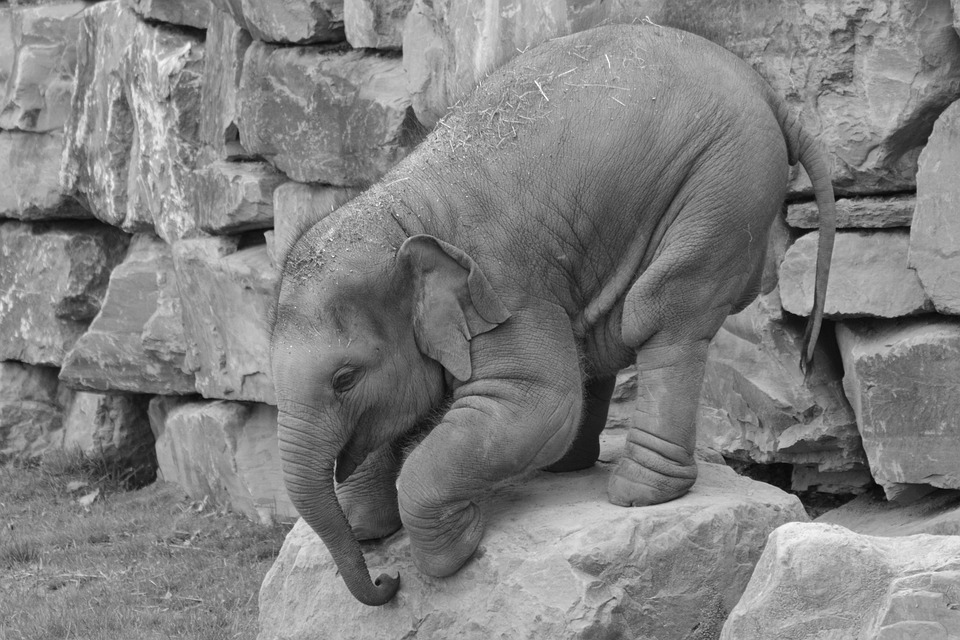As a parent, there’s nothing more important than ensuring the health and development of your child. When it comes to infant development, there are a variety of factors to consider, including physical and cognitive growth. One common issue that parents may encounter is plagiocephaly, or flat head syndrome, which can occur when a baby spends too much time in one position, leading to a flat spot on the back or side of the head.
Fortunately, there are effective methods for addressing plagiocephaly, and one such method is helmet therapy. Helmet therapy, also known as cranial orthosis, involves the use of a specialized helmet to help reshape a baby’s skull. While the idea of putting a helmet on a baby may seem daunting at first, it’s important to understand the benefits that this treatment can provide for infant development.
The Benefits of Helmet Therapy
Helmet therapy is designed to gently guide the growth of a baby’s skull, allowing it to develop into a more symmetrical shape. By providing a custom-fit helmet that applies gentle, constant pressure to specific areas of the skull, this treatment can help to gradually reshape the head over time. As a result, helmet therapy has been shown to effectively correct the flattening associated with plagiocephaly.
But beyond just correcting the physical appearance of the head, helmet therapy can also support overall infant development. The skull is not a rigid structure, and it continues to grow and develop during the early months of life. By addressing plagiocephaly with helmet therapy, parents can help ensure that their child’s skull is able to grow into a more natural and balanced shape, which can in turn support healthy brain development.
Addressing Common Concerns
For many parents, the idea of helmet therapy may raise concerns about their baby’s comfort and well-being. It’s natural to worry about whether a helmet may cause discomfort or hinder a baby’s ability to move and explore their environment. However, it’s important to note that helmet therapy is carefully designed to be both safe and comfortable for infants.
Modern helmet designs are lightweight and breathable, and they are custom-molded to fit each baby’s head perfectly. This means that the helmet is not only effective at applying gentle pressure to the skull, but it also allows for plenty of room for the baby’s head to grow and develop naturally. In fact, many parents find that their babies adjust to wearing the helmet quite easily, and it doesn’t interfere with their daily activities or milestones, such as tummy time and learning to sit up.
Getting Started with Helmet Therapy
If you’re considering helmet therapy for your baby, the first step is to consult with a pediatrician or specialist who can evaluate your child’s head shape and determine the best course of action. If it’s determined that helmet therapy is appropriate, a custom-fit helmet will be created for your baby, and you’ll receive guidance on how to properly care for and adjust the helmet as your child grows.
It’s important to remember that every baby is unique, and the duration of helmet therapy can vary depending on the severity of the plagiocephaly and the age at which treatment begins. Some babies may only need to wear the helmet for a few months, while others may wear it for a longer period of time. Throughout the treatment process, your healthcare provider will monitor your baby’s progress and make any necessary adjustments to ensure the best possible outcome.
Conclusion
Helmet therapy is a valuable tool for addressing plagiocephaly and supporting healthy infant development. By gently guiding the growth of a baby’s skull, this treatment can help ensure that their head develops into a more natural and symmetrical shape, while also promoting healthy brain development. If you have concerns about your baby’s head shape, don’t hesitate to speak with your pediatrician about the possibility of helmet therapy. With the right support and guidance, you can help your child’s head take on the ideal shape for a lifetime of healthy growth and development.
FAQ
Is helmet therapy painful for babies?
No, helmet therapy is not painful for babies. The helmets are lightweight and designed to be comfortable, allowing for plenty of room for the baby’s head to grow and develop naturally.
How long does helmet therapy typically last?
The duration of helmet therapy can vary depending on the severity of the plagiocephaly and the age at which treatment begins. Some babies may only need to wear the helmet for a few months, while others may wear it for a longer period of time.
Is helmet therapy covered by insurance?
In many cases, helmet therapy is covered by insurance. It’s best to consult with your healthcare provider and insurance company to understand the coverage and any potential out-of-pocket costs.
[ad_2]
















コメント